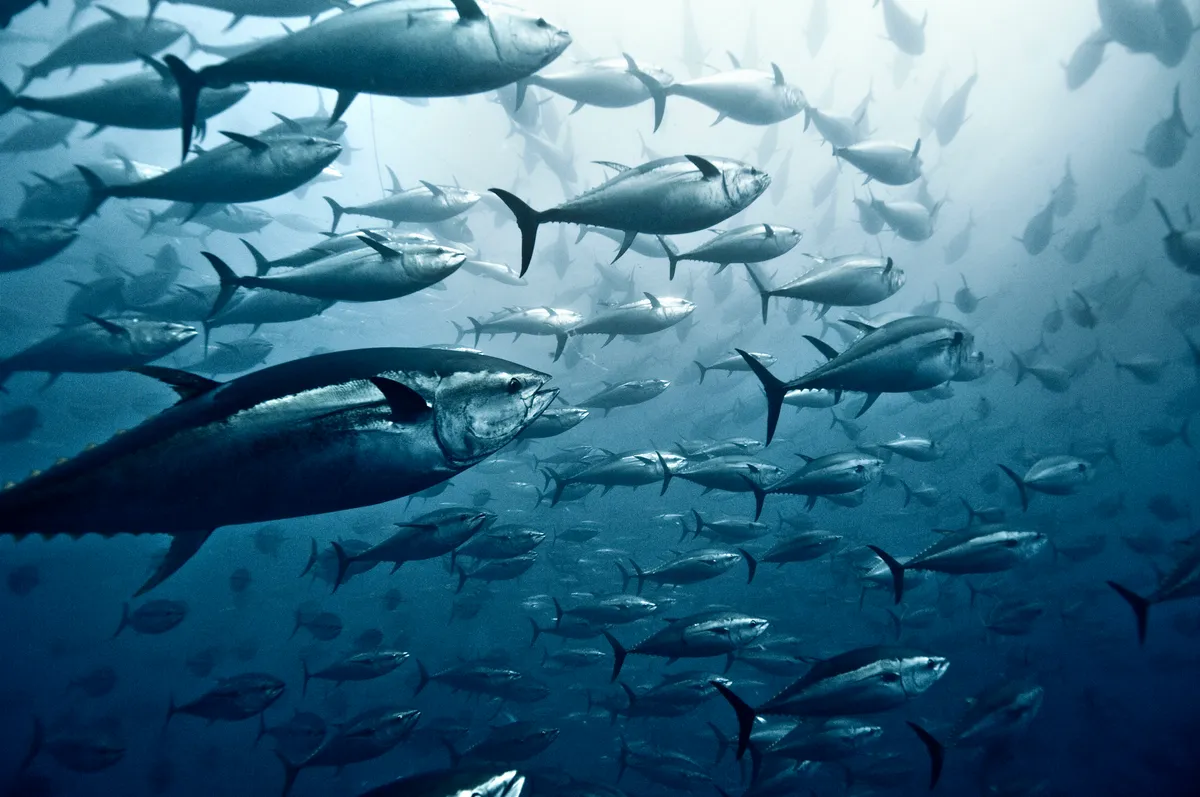The IUCN has announced that the Komodo dragon has been reclassified from Vulnerable to Endangered on the IUCN Red List, due to the impacts of climate change and habitat loss due to human activities.
The Komodo dragon is the world's largest living lizard and is endemic to Indonesia, in the World Heritage-listed Komodo National Park and neighbouring Flores. The total adult population is thought to be no more than 1,400 individuals, split into eight subpopulations with the largest subpopulation containing no more than 500 individuals.
Rising global temperatures due to climate change will result in higher sea levels, and modelling has predicted that the suitable habitat for the Komodo dragon will decrease by 30% in the next 45 years.
Komodo dragons outside of the protected areas in Flores are also threatened by ongoing human activities, such as agricultural expansion, that result in loss of suitable habitat.

“Komodo dragons were first introduced to the British public by Sir David Attenborough just 60 years ago, on BBC’s iconic series Zoo Quest for a Dragon with ZSL,” says Dr Andrew Terry, conservation director at ZSL.
“The idea that these prehistoric animals have moved one step closer to extinction due in part to climate change is terrifying - and a further clarion call for nature to be placed at the heart of all decision making on the eve of the COP26 in Glasgow.”
This IUCN Red List update also included a comprehensive reassessment of sharks and rays, and a review of seven tuna species.
The update reveals that 37% of the world’s shark and ray species are now threatened with extinction, with all of the threatened shark and ray species being overfished, and with 31% further affected by loss and degradation of habitat and 10% affected by climate change.
“We are delighted to see the reassessment of sharks and rays,” says Dr Eimear Nic Lughadha, senior research leader in Conservation Assessment and Analysis at the Royal Botanic Gardens, Kew.
“Comprehensive reassessments of ecologically important groups are vital to maintain the value of the Red List as a Barometer of Life. We note striking similarities between the shark and ray statistics and recent estimates for plants: about 2 in 5 are threatened with extinction, and habitat loss and degradation present more immediate threats than climate change.”
The review of the tuna covered the seven most commercially fished species, with four species showing sign of recovery: Atlantic bluefin tuna (Endangered to Least Concern), Southern bluefin tuna (Critically Endangered to Endangered), albacore and yellowfin tunas (both Near Threatened to Least Concern).
Despite the overall global improvements, many regional stocks remain severely depleted.

“These Red List assessments are proof that sustainable fisheries approaches work, with enormous long-term benefits for livelihoods and biodiversity,” says Dr Bruce B. Collette, chair of the IUCN SSC Tuna and Billfish Specialist Group.
“We need to continue enforcing sustainable fishing quotas and cracking down on illegal fishing. Tuna species migrate across thousands of kilometres, so coordinating their management globally is also key.”
Main image: Komodo dragon on the Komodo Island in Indonesia. © Riza Marlon/Getty Images
